#southern asia
Photo






📢 not hanfu | xiyu style clothes made by hanfu stores
354 notes
·
View notes
Text
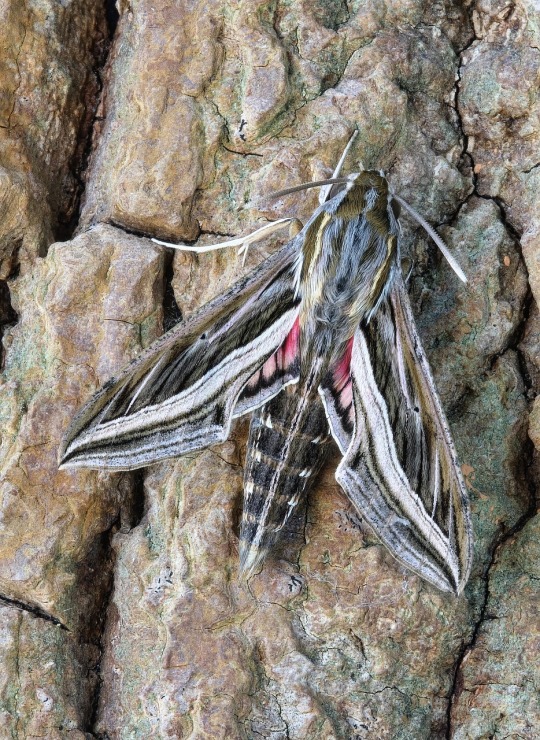
Vine hawk-moth/silver-striped hawk-moth hippotion celerio
This moth is one of several species responsible for the pollination of papaya and therefore agriculturally important.
Image credit: Illuvis on Pixabay
[image ID: a green and ochre colored moth with brown and white forewings with a silver band running along the forewing. The red to pinkish hind wings are barely visible.]
#vine hawk-moth#silver-striped hawk-moth#hippotion celerio#moth#Illuvis#lepidoptera#sphingidae#hippotion#Africa#Central Asia#Southern Asia#Southern Europe#Australia#image free from pixabay#insect
129 notes
·
View notes
Text
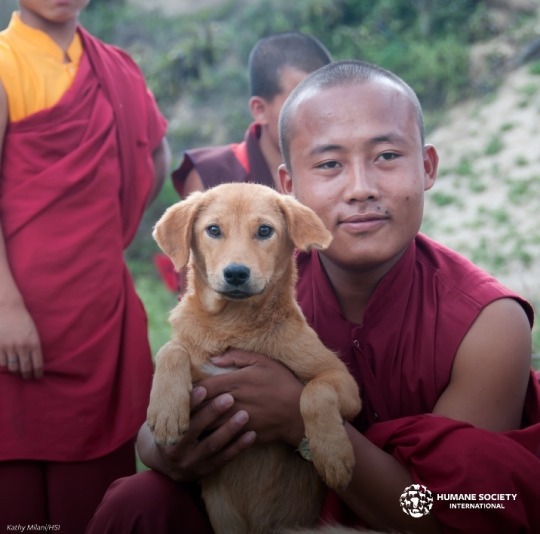
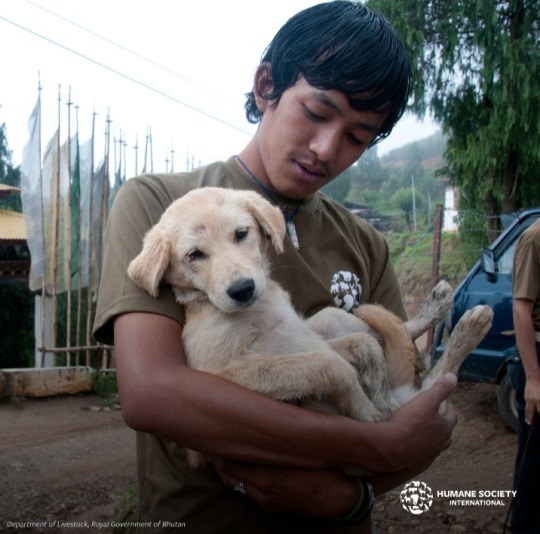
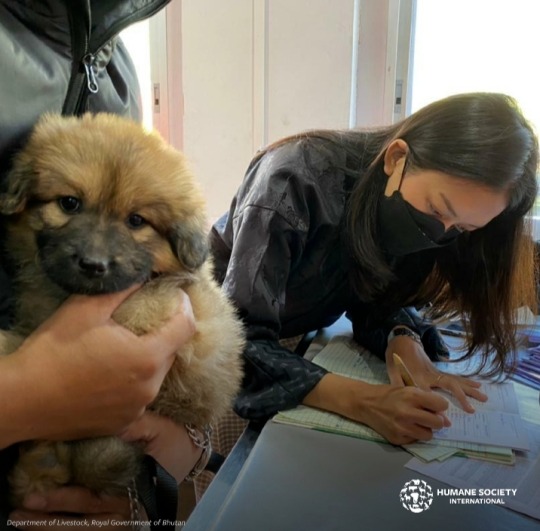
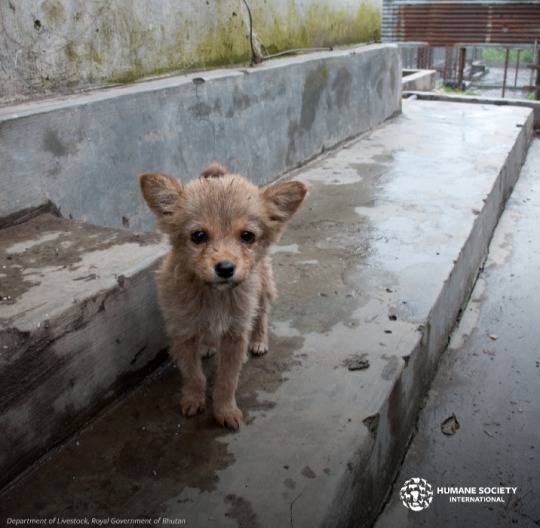
A major win for dogs in Asia! 🐶⭐
For more than 14 years, HSI has been working with the Royal Government of Bhutan on a nationwide program to support their efforts to humanely manage and vaccinate over 153,000 of its street dog population.
Over the years, we’ve trained Bhutanese program staff, veterinarians, and community members to run the program as we’ve gradually withdrawn our teams.
The government has officially taken over the entire program, which has already successfully spayed and neutered more than 90% of the dog population, a remarkable feat!
Congrats to our teams and to Bhutan. This is what our work is all about. 👏
#Humane Society International#HSI#Royal Government of Bhutan#Bhutan#dogs#dog vaccination#street dogs#stray dogs#Asia#Southern Asia#Eastern Himalayas#Druk Yul#Land of the Thunder Dragon
5 notes
·
View notes
Photo

By Nirmal Dayani
India
16 notes
·
View notes
Text


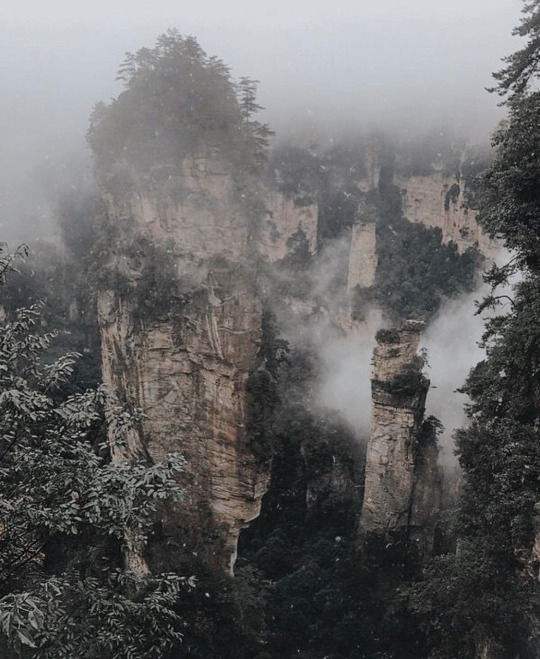
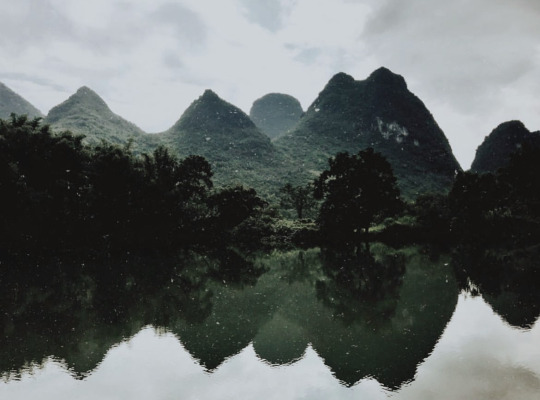
China travel aesthetic, Zhanjiajie and Yangshuo 💚 • I own all images • creation credit: me •
#china#southern china#chinese aesthetic#southern asia#eastern asia#asian#asia#travel aesthetic#travel#nature photography#nature#greenery#green#green aesthetic
0 notes
Text

Southern barasingha Rucervus duvaucelii branderi
Observed by philbenstead, CC BY-NC
151 notes
·
View notes
Text
#aes#aesthetic#southern gothic#weird#weirdcore#dreamy#sakura#cherry blossom#cherry blossoms#limimal space#dream#dreamcore#liminal spaces#trees#landscape#photography#place#places#asia#japan
26 notes
·
View notes
Photo
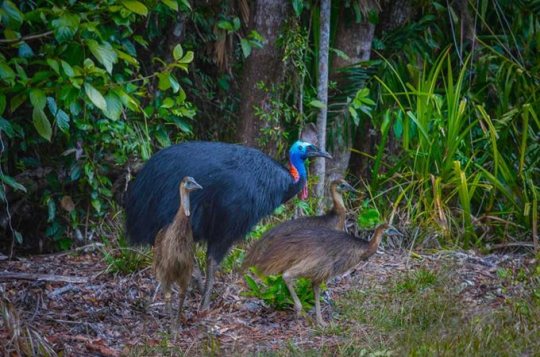
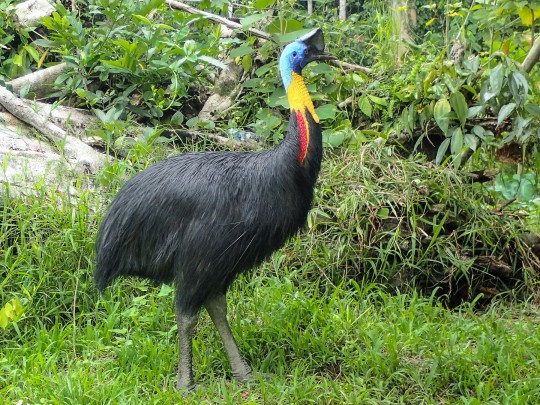
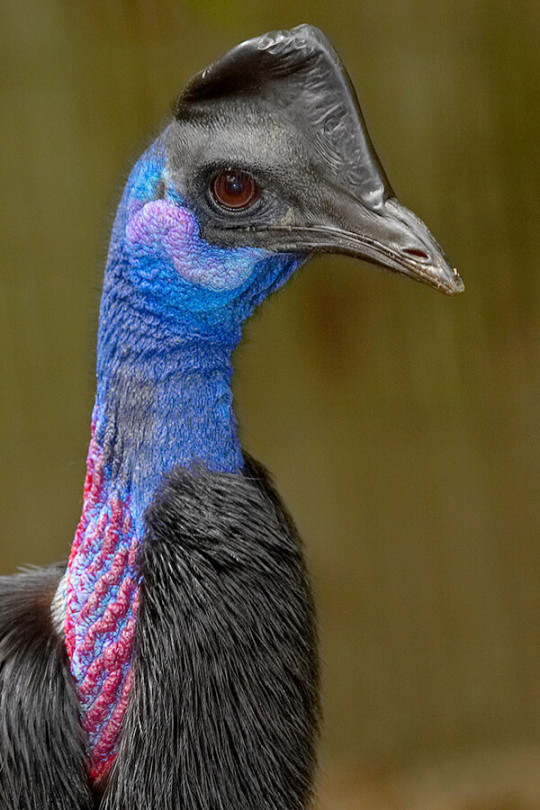
Carve Out Some Time for the Cassowary
Famous for their bright colors and short tempers, cassowaries are a group of flightless birds in the genus Casuarius. There are three species: the Northern Cassowary (C. unappendiculatus) which is found in New Guinea; the Southern Cassowary (C. casuarius), native southern New Guinea and northern Australia; and the Dwarf Cassowary (C. bennetti), endemic to New Guinea and the surrounding islands. All three species prefer tropical forests, though they are known to venture into savannahs, wetlands, and suburban areas in search of food.
Cassowaries are mainly active at dawn and dusk, and spend the time in between in their nests-- large pads of vegetation built on the ground. They opportunistic omnivores; their primary source of food is fruit and fungi, but they will also eat insects, frogs, fish, birds, small mammals, and carrion when available. Much of the fruit they eat is swallowed whole, which makes cassowaries invaluable for spreading seeds throughout their range. Additionally, due to their large size, adult cassowaries have no natural predators, and will aggressively defend their young from predators like snakes, monitor lizards, birds of prey, and wild dogs. When startled this birds can run up to 50 kph (31 mph), or lash out with their powerful legs.
Members of the Casuarius genus are solitary, save for the reproductive season. This season runs from May to September, when fruit is most abundant. Males maintain and defend territories, and call to attract mates. These calls are extremely loud, and at one of the lowest frequencies of any known bird, at about 23 Hertz. When a female approaches, the male crouches and allows the female to inspect him. She may also chase him, typically into water where the two perform a ritualistic fight before she submits. After laying her eggs, the female will move on to another male’s territory.
The eggs are extremely large and bright green, and usually laid in clutches of four. The male alone tends these eggs, incubating them and maintaining the nest for 50-52 days. The chicks that emerge stay with him for an additional 8-9 months until they become independent. Individuals take up to three years to become fully mature, and the average lifespan of wild Casuarius is anywhere from 30 to 50 years.
Southern Cassowaries are the largest of the three species, at up to 1.8 m (5ft 11 in) tall and weighing 58 kg (130 lbs) on average. Females tend to be much larger than males, and the species is considered to be the largest in Asia and the 3rd largest in the world. The Dwarf Cassowary, as the name implies, is significantly smaller at only 1.5m (4ft 11in) tall and 26 kg (57 lbs) at maximum. Northern Cassowaries lie between the two extremes. While all three species have black bodies, the coloration of their heads and necks vary significantly. Both the Northern and Southern Cassowary species have wattles-- pouches of skin that dangle from the neck-- that can be red, gold, purple, or white, which contrasts sharply with their blue necks. The Dwarf Cassowary lacks a wattle, and has a darker blue neck. In addition, it has the smallest head crest, or casque,; the Southern Cassowary’s casque is blade-shaped, and larger than the Dwarf Cassowary’s. The Northern Cassowary’s casque is more flared, and the largest of the three species.
Conservation Status: The Dwarf and Northern Cassowary species are considered Near Threatened and Least Concern respectively by the IUCN, while the Southern Cassowary is classified as endangered. All three are threatened primarily by habitat loss.
If you like what I do, consider leaving a tip or buying me a ko-fi!
Photos
Steve Parish
Kevin Schafer
San Diego Zoo
#northern cassowary#southern cassowary#dwarf cassowary#cassowary#Casuariiformes#Casuariidae#paleognaths#birds#tropical forests#tropical forest birds#tropical rainforests#tropical rainforest birds#savannahs#savannah birds#wetlands#wetland birds#asia#southeast asia#Papua New Guinea#australia#oceania
173 notes
·
View notes
Text
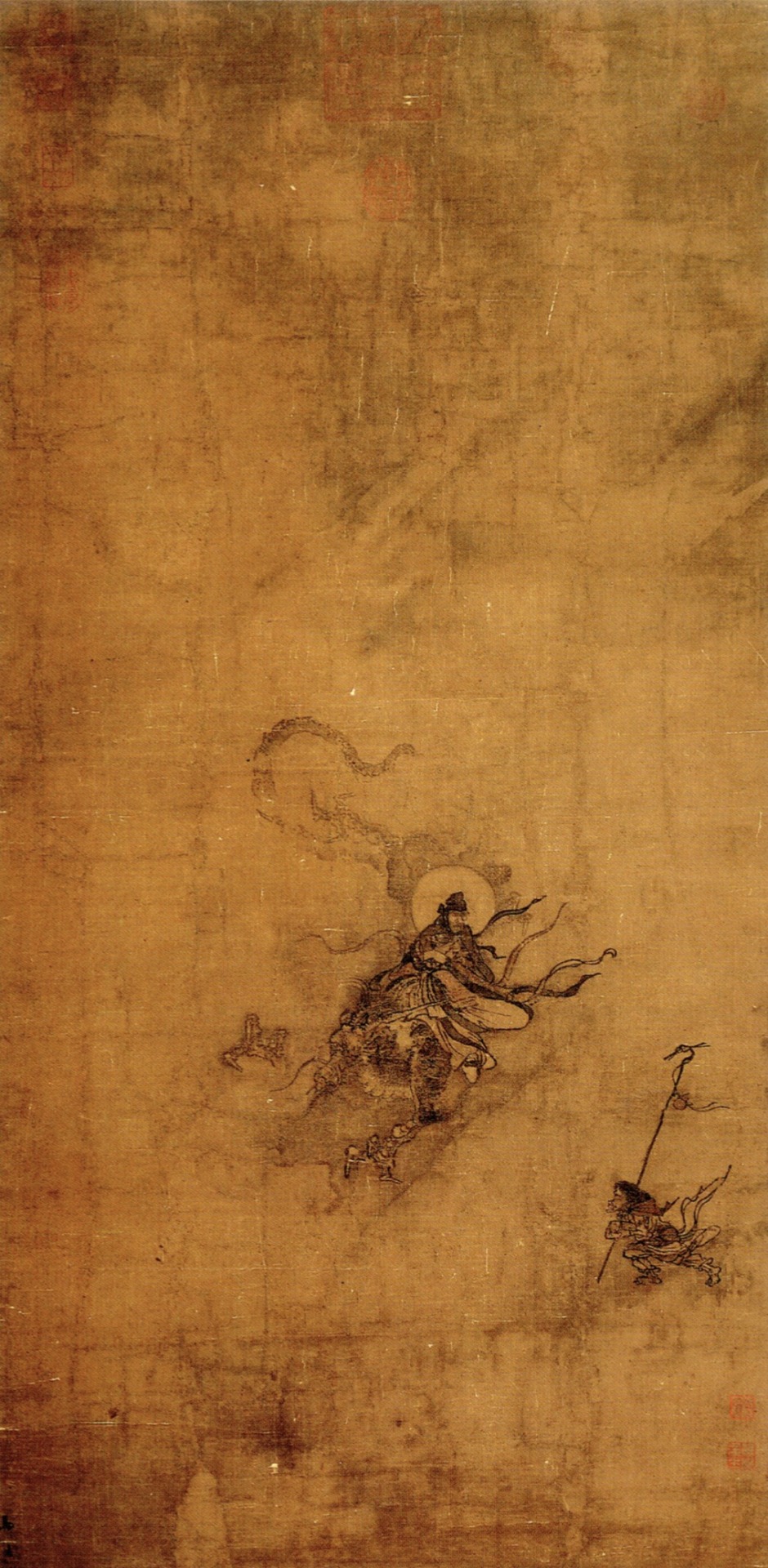
Immortal Riding a Dragon, Ma Yuan, early 13th century
#art#art history#Asian art#China#Chinese art#East Asia#East Asian art#Imperial China#Ma Yuan#Southern Song Dynasty#13th century art#hanging scroll#ink and color on silk#National Palace Museum
327 notes
·
View notes
Text

M A S A D A
143 notes
·
View notes
Text
It is almost noon as I made it to the Wings of Asia aviary. Here, you see Bali’s tranquil bamboo groves and serene rice terraces replicated as the birds adapted to live in man-made habitats. Spotted a pair of Southern Rufous Hornbill perched high up in the tree canopy.

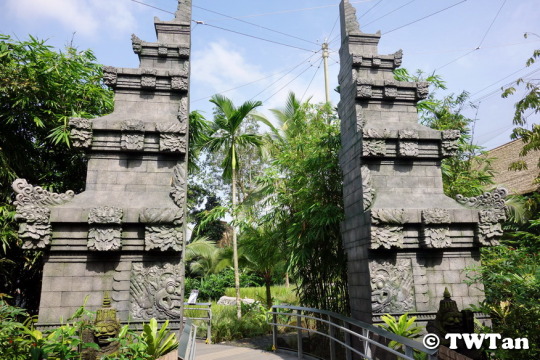



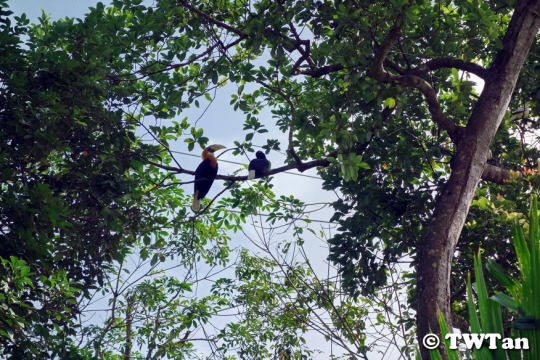
#Bird Paradise#Singapore#Mandai#Mandai Wildlife Reserve#Wings of Asia#Walk In Aviary#Indonesia#Bali#Rice Terrace#Flowing Water#Southern Rufous Hornbill#Birds#Buffetlicious
22 notes
·
View notes
Text
Speaking of Southeast Asia, can you say a little about its impact on Yunnan?
First, we need to clarify that the contemporary concept of “Southeast Asia” only came into being after World War II. What is called “Southeast Asia” today was previously divided into three parts, from north to south: the upper region, including what are today the southwestern Chinese province-level regions of Yunnan, Guizhou, and Guangxi; the Southeast Asian mainland; and the surrounding islands. Of these three, the region Yunnan was most closely tied to in ancient times was the mainland — today’s Vietnam, Cambodia, Laos, Thailand, Myanmar, and northeastern India.
Yunnan, especially the southern and southwestern regions, is closely related to mainland Southeast Asia in terms of geography, climate, ethnicities, economy, religion, and politics. Before the Ming dynasty (1368-1644), China had relatively little influence in the region. That was true until the mid- to late-Ming, when the situation began to reverse, and China’s influence gradually increased.
Chinese are taught that the Mongols destroyed the Dali kingdom and incorporated Yunnan into the Yuan dynasty (1279-1368), making Yunnan a part of China. Is that correct?
The Mongols did indeed bring Yunnan under their control. But historically, the region had been conquered multiple times by northern dynasties, and as soon as those northern dynasties disintegrated, it became independent once again. I’d argue that Yunnan was not truly included in China’s jurisdiction until the Ming, when Han immigrants gradually penetrated its mountains and border areas.
Of course, there are scholars who do not agree with this viewpoint. Some Chinese scholars adopt a northern-centric — and thus Han-centric — view, marginalizing Yunnan’s cultural dynamics and oversimplifying the process by which Yunnan was transformed from a frontier area to a province of China. They have ignored, deliberately or not, Southeast Asian and Indic connections and influences in Yunnan’s development.
21 notes
·
View notes
Photo

By Nirmal Dayani
India
2 notes
·
View notes
Text
ive talked about derechos before on here forgive me its just a core memory and they fascinate me but. funniest meteorological event ever. fast forming and moving storm of Fuck Ya Life (Literally)
#primarily happens in southeastern usa but is recorded in europe and similar events happen in southern asia#hurricane/tornado gale force winds heavy rain widespread devastation. you have one days warning at most. godspeed fuckos!#if i ever made a yt essay type thing it would be a play by play on the 2012 derecho#the warnings come in as severe wind/thunderstorm but the whole wifi signal lookin radar is The Sign. so you don't really#get a chance to catch it until it's wifi'ed and then youre fucked
10 notes
·
View notes
Text

Maya Bay, Thailand
#travel#sun#follow for follow#thailand#influence#movie#leonardo dicaprio#hot#summer#asia#maya bay#krabi#phuket#southern#southeastasia#trip#boat#snorkeling#swimming#ocean#beach#white#white sand#blue waters#clear water#sea
13 notes
·
View notes
Text
Episode 16: Alex West on the poetry of ascetics, Sundanese, and palm leaf manuscript culture

A leaf from Bodleian Library MS Jav. b.3. (R), a manuscript from Indonesia written on palm leaves.
In Episode 16 of Inside My Favorite Manuscript, Dot sits down with Alex West to talk about Bodleian Library MS Jav. b.3. (R), the only surviving copy of the Sundanese poem Bujangga Manik (written ca. 1470-1500). We start with the story, a tale of an ascetic who travels around the island of Java searching for spiritual transcendence, and along the way we discuss the manuscript, religious, and artistic cultures that formed the poem.
Listen here, or wherever you find your podcasts.
Below the cut are more photos and links relevant to the conversation.
Bodleian Library MS Jav. b.3. (R) (digitized online)
Wikipedia page for the poem Bujangga Manik (out of date)
Where is Java?
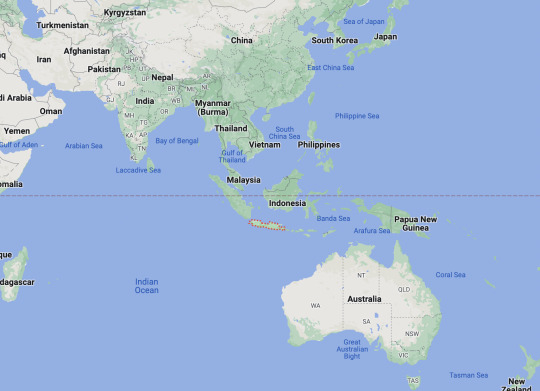

The wooden box MS Jav. b.3. (R) is stored in:

Folio 7r, a representative view of the appearance of the palm leaf pages. Note the large hole in the center of the page and two smaller ones on the edges - string originally would have been thread through the holes, to hold the leaves together and to enable them to fan out. The text is inscribed, with no ink.
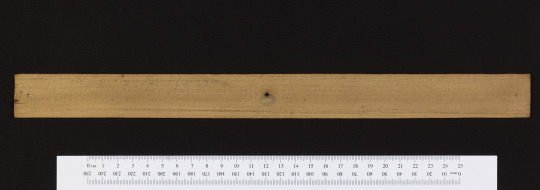
A close-up of the center of 7r, so you can better see the inscribed writing.
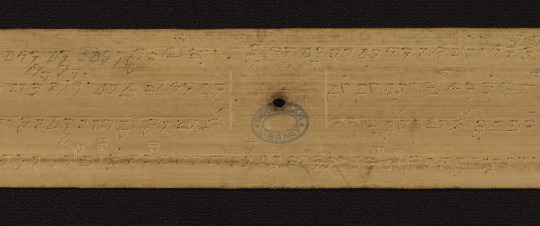
Folio 7v, the other side of 7r.

Dot misspoke during the podcast - the University of Pennsylvania palm leaf manuscripts are from India, not Thailand (the Thai manuscripts are written on paper). Here is one of them, Ms. Coll. 390 Item 82, Āhnikaprayoga, a digest of Hindu rituals from various sources written in 1822. In Sanskrit. Records here and here.
Front cover:
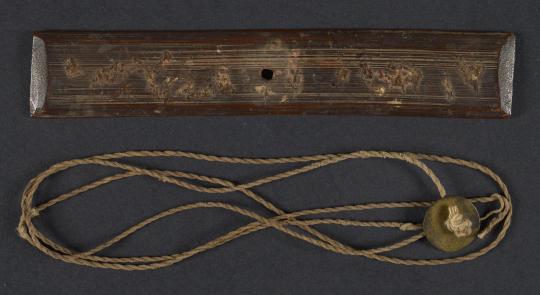
Folios 1v (top) and 2r (bottom)

An example of an inscription: The stone inscription of Kalasan, 778/779 ce, Central Java. National Museum of Indonesia, Jakarta, inv. no. D.147. Photo OD 7466, Kern Institute Collection, courtesy of Leiden University Library:

A. J. West, Bujangga Manik: or, Java in the fifteenth century: an edition and study of Oxford, Bodleian Library, MS. Jav. b. 3 (R). PhD Dissertation
Alex West's Medieval Indonesia on Medium.
Alex West on Patreon
#medieval#manuscript#inscription#palm leaf manuscript#sundanese#java#indonesia#southern hemisphere#asia#southeast asia#hemispheric middle ages#global middle ages#podcast#inside my favorite manuscript#imfmpod
33 notes
·
View notes